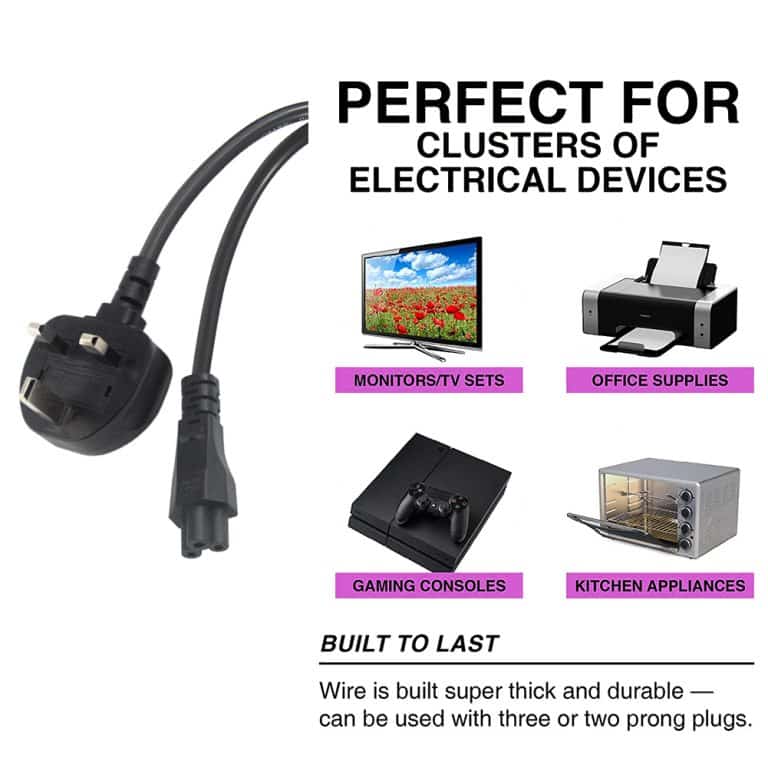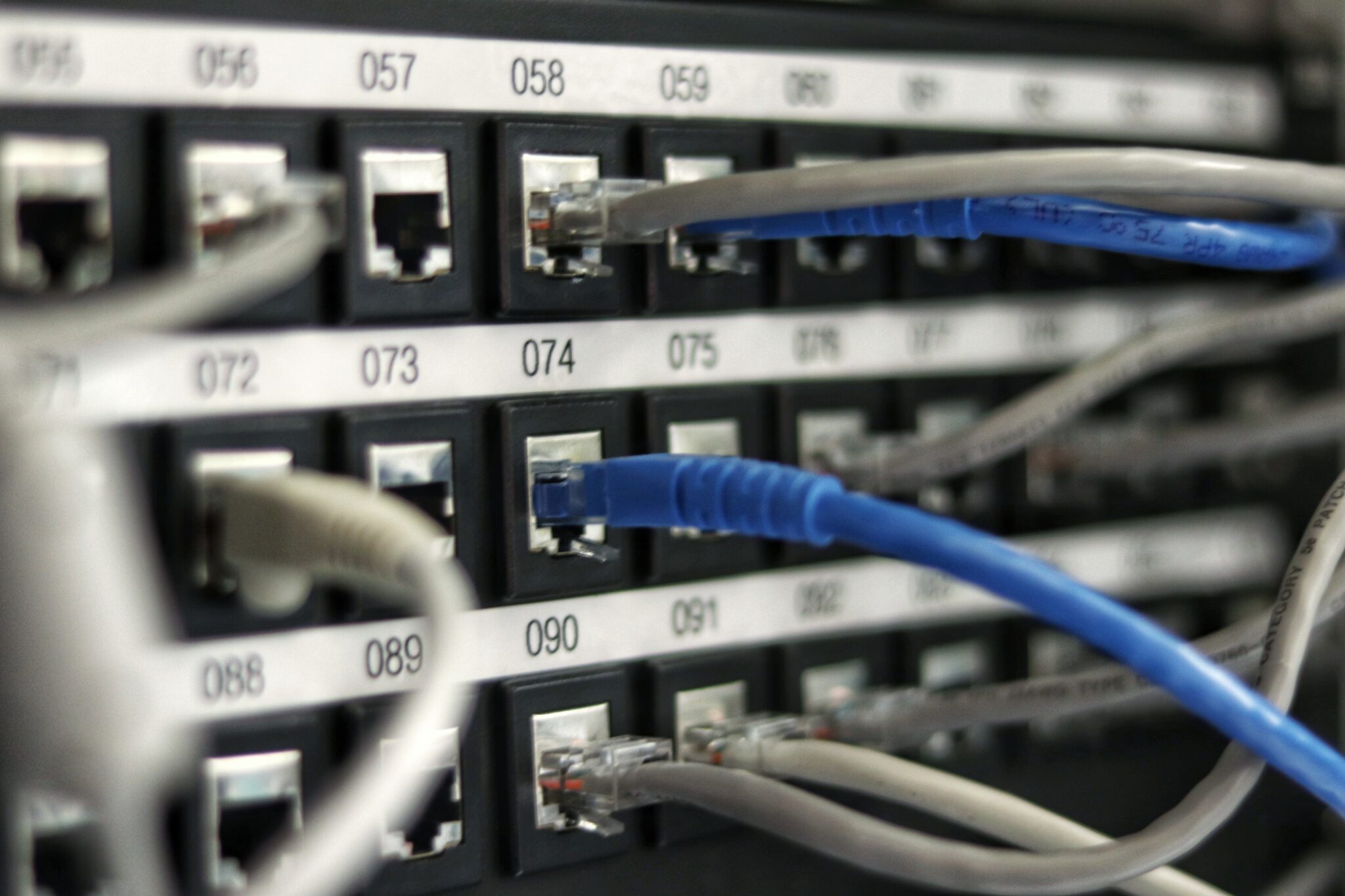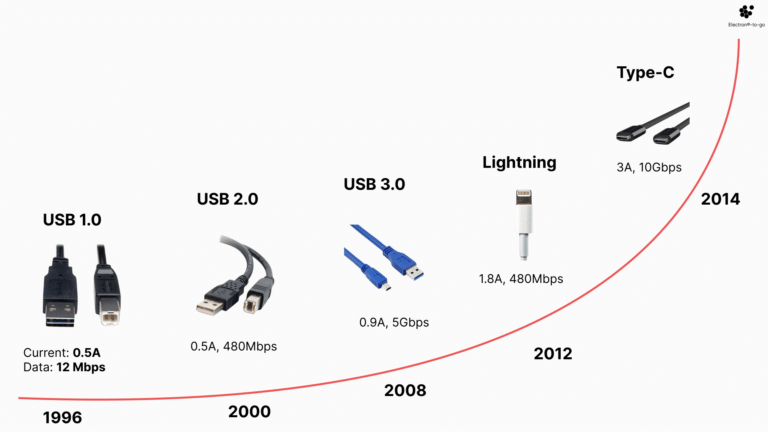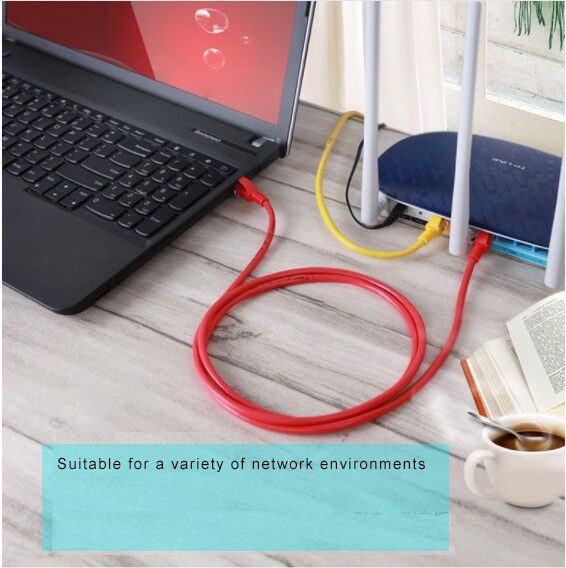How to Choose the Right Power Cable for Your Device
How to Choose the Right Power Cable for Your Device
Introduction
Power cables may go unnoticed in our daily lives, but their role can’t be disregarded. They are the tiny lifelines of our electronic devices, providing the power they need to function. Yet, have you ever experienced a device not working properly, or, more dramatically, being damaged due to a poor power cable choice? This is why choosing the right power cable is crucial.
Power Cable Basics
A power cable is like a thin vein for an electronic device. It is usually composed of a power plug, a receptacle, and a wire. The plug is the part that is inserted into a power outlet, and the receptacle is the other end of the power cable that is connected to the device. The wire is the conductance of electricity, it conveys the electric current and voltage.
You may have noticed different power cables, all with varying designs and plug structures. This is due to the different power standards around the world. For instance, type A plugs are mainly used in North America and Japan, while type B plugs are more common in Europe and Australia. Each power cable is designed to meet the needs of specific devices.
Identifying Your Needs
The power demand of your device is an integral factor when selecting a power cable. Using an improper power cable can disrupt the operation of the device, or even cause permanent damage. This could be due to voltage being too high, leading to an excessive current, and a power cable that cannot handle such a current. Or, the plug and receptacle might not match, creating a disruption in the power flow.
However, properly pairing your device with the right power cable is not complex, and only requires considering two core factors: voltage requirements and physical configuration. Voltage requirements can usually be found on the label at the back of the device or in the user manual. Choosing a power cable based on these requirements can ensure your device receives a proper electric current.
Various Types of Power Cables and Their Uses
Different devices require different types of power cables. AC and DC are the two main forms of electric signal, therefore, AC power cables and DC power cables are the two most common types.
AC power cables are usually used for household appliances, such as fans, air conditioners, televisions, etc., since the household grid usually supplies AC electricity. DC power cables, on the other hand, are often used for computers, mobile phones, and other rechargeable devices. These devices need to convert AC electricity into DC for charging or power supply.
Moreover, the shape and size of the plug also affects the choice of power cable. Power socket designs vary globally, ranging from the U.S, Europe, Australia to New Zealand, with differing shapes of plugs. Therefore, when buying a power cable, ensure that the plug is compatible with your power socket.
The length and specifications of the power cables are also very important to a device. Power cables that are too long or too short can cause inconvenience in use, while the specification of the wires ties directly to the flow of the current. A proper wire diameter can ensure a stable transfer of the current and avoid issues caused by overly thin wires.
With an understanding of the basics and need for power cables, it becomes relatively easy to choose a suitable one for your device. However, learning does not stop here, as we will continue to explain how to determine the compatibility of the power cables with the devices, and some precautions when purchasing power cables.

Determining Compatibility
Once you’re aware of your device’s needs and the fundamentals of power cables, you’ll need to ensure the intended cable is fully compatible with your device. Power cable and device compatibility is determined by voltage requirements, current specifications, plug design, receptacle type, and power grid standard.
It’s crucial to verify the power cable can handle your device’s voltage and current needs. Wrong voltage or current could lead to poor performance or even damage to your device. To ensure compatibility, match the voltage and current specifications on your device or user manual to those on the power cable.
Equally important is factoring in the design of the plug and type of receptacle. You’ll need to ensure the power cable can securely fit into both your device and power outlet. Physical compatibility might seem straightforward however missing this step could lead to an electric shock or short circuit.

Purchasing Guidelines
When purchasing a power cable, pay close attention to information regarding the power output, plug shape, cable specifications, and the carry current it can handle. Conditional considerations include cable length, material quality, manufacturer’s reputation, reviews, and price. A cheap power cable could end up being expensive if it damages your device or needs to be frequently replaced.
Remember, your device’s needs should always be the primary factor in your decision-making process. Don’t fall for sales tactics that deviate from your device’s requirements.
Conclusion
Choosing the right power cable doesn’t have to be a daunting task. Start by learning the power requirements for your device and becoming familiar with the basic components and functions of power cables. Once you’ve got that nailed down, you can make an informed decision about which power cable to purchase.
Educating yourself on these aspects poses a lot of benefits. Not only does it ensure device compatibility and performance, but it also safeguards against potential electrical risks. So the next time you’re confronted with having to choose a power cable, you’ll be well prepared for the task.





